Climate change and human migration out of Africa
An international team of scientists have shown how climate change could have enabled the migration of Homo sapiens around 60 000 years ago.
23/06/2021 By BGS Press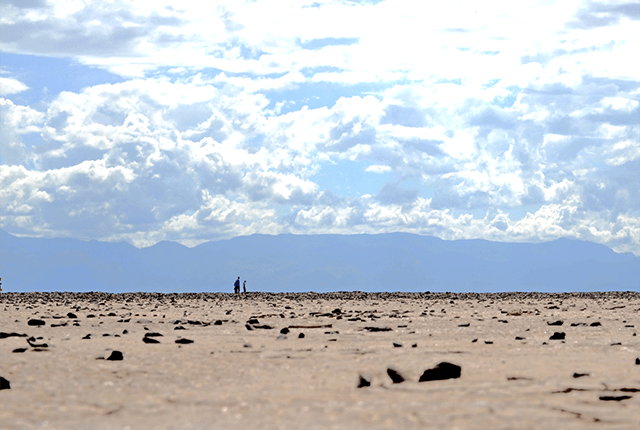
An international team of scientists, including Dr Jonathan Dean (now at the University of Hull) and Prof Melanie Leng (BGS Chief Scientist, environmental change, adaptation and resilience), have reconstructed how climate has changed over the last 200 000 years in eastern Africa. They have shown how climate change could have enabled the out of Africa migration of Homo sapiens around 60 000 years ago. The paper was published in Nature Communications, Earth & Environment in June 2021.

Dr Jonathan Dean is a lecturer in Quaternary science at the University of Hull. He worked on this project while at BGS with Prof Melanie Leng. Source: Jonathan Dean.
Homo sapiens is thought to have evolved in eastern Africa sometime before 200 000 years ago. We used geochemistry to examine hundreds of metres of sediment cores taken from the bed of a lake called Chew Bahir, in southern Ethiopia, and were able to work out how the climate changed going back through time.
We found that, from 200 000 to 125 000 years ago, the climate of eastern Africa was relatively wet, with at least 20 to 30 per cent more precipitation than the region receives today, meaning conditions were favourable for early humans with plenty of food and water available. Further studies have also shown wet conditions in other parts of Africa at this time. Under such conditions, humans could move relatively easily through Africa and some even ventured out of Africa to reach the Arabian peninsula, which they did well before 100 000 years ago. However, it does appear that these intrepid humans died out before they could disperse further.
From 125 000 years ago, the climate gradually became drier in eastern Africa. This long-term drying trend was interrupted by short-lived climate shifts that lasted a few thousand years. These have been linked to changes in the circulation of the north Atlantic Ocean, showing how changes in one part of the world can impact upon the climate in another.
One of these short-lived climate shifts was a wet period that occurred 62 000 to 60 000 years ago. This roughly coincides with the occurrence of the ‘successful’ out of Africa migration of Homo sapiens — the one that went on to populate the rest of the world. This wet period would have made the out of Africa migration possible by providing sufficient food and water resources for the humans to survive the long journey.

A section through a core of sediment. Geochemical analysis of this mud (namely oxygen isotopes from carbonate minerals) undertaken at BGS provides information on the wetness of the region through time. Source: Jonathan Dean.
Over the past 60 000 years, the conditions have became increasingly challenging for the humans who stayed in eastern Africa. There were some particularly dry intervals where Chew Bahir completely dried out. At these times, humans had to seek refuge at higher elevations in Ethiopia, where they could still access sufficient food and water.
About the author
Dr Jonathan Dean is a lecturer in Quaternary science at the University of Hull. He worked on this project whilst at BGS with Prof Melanie Leng.
Relative topics
Latest blogs

AI and Earth observation: BGS visits the European Space Agency
02/07/2025
The newest artificial intelligence for earth science: how ESA and NASA are using AI to understand our planet.
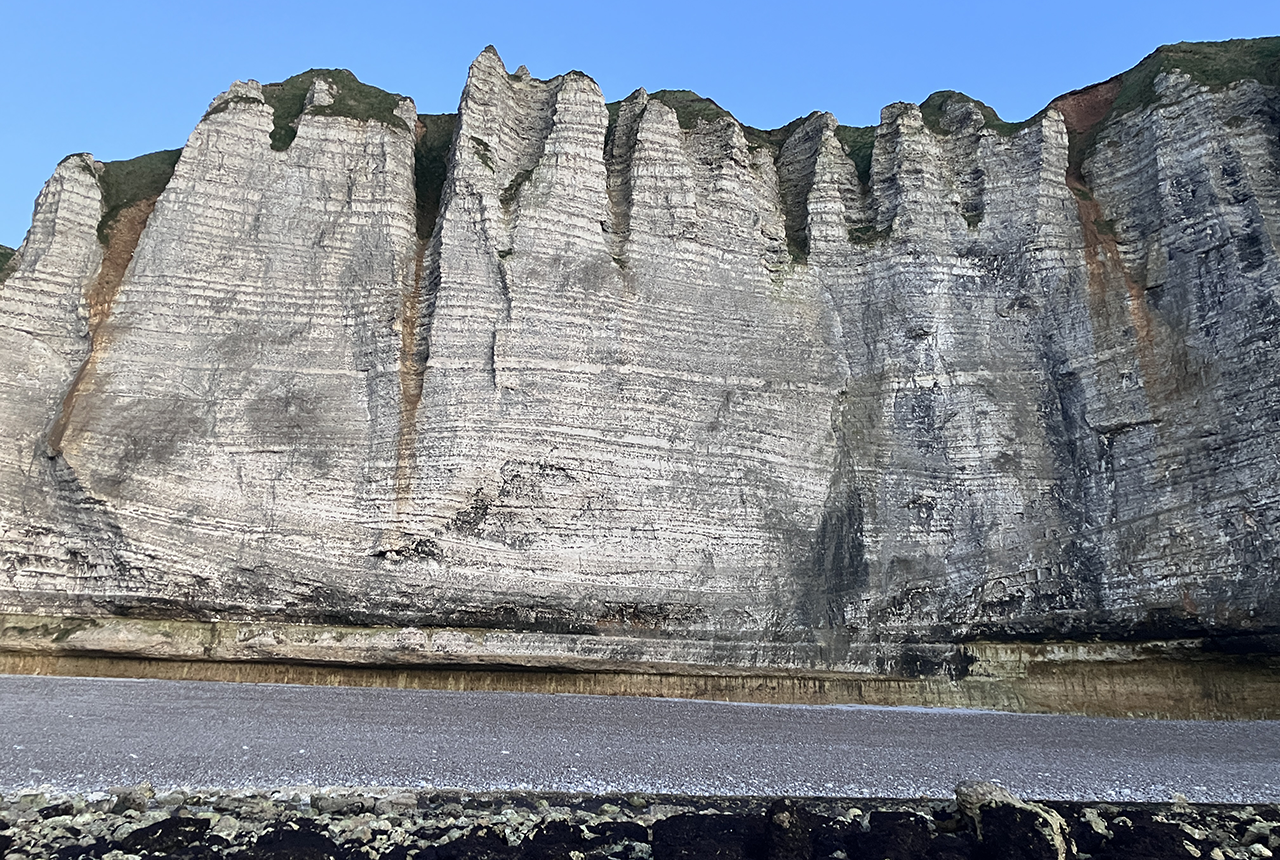
Geology sans frontières
24/04/2025
Geology doesn’t stop at international borders, so BGS is working with neighbouring geological surveys and research institutes to solve common problems with the geology they share.
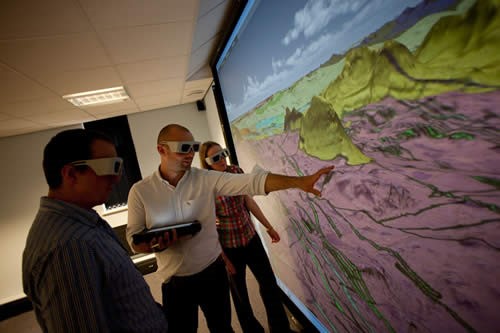
Celebrating 20 years of virtual reality innovation at BGS
08/04/2025
Twenty years after its installation, BGS Visualisation Systems lead Bruce Napier reflects on our cutting-edge virtual reality suite and looks forward to new possibilities.
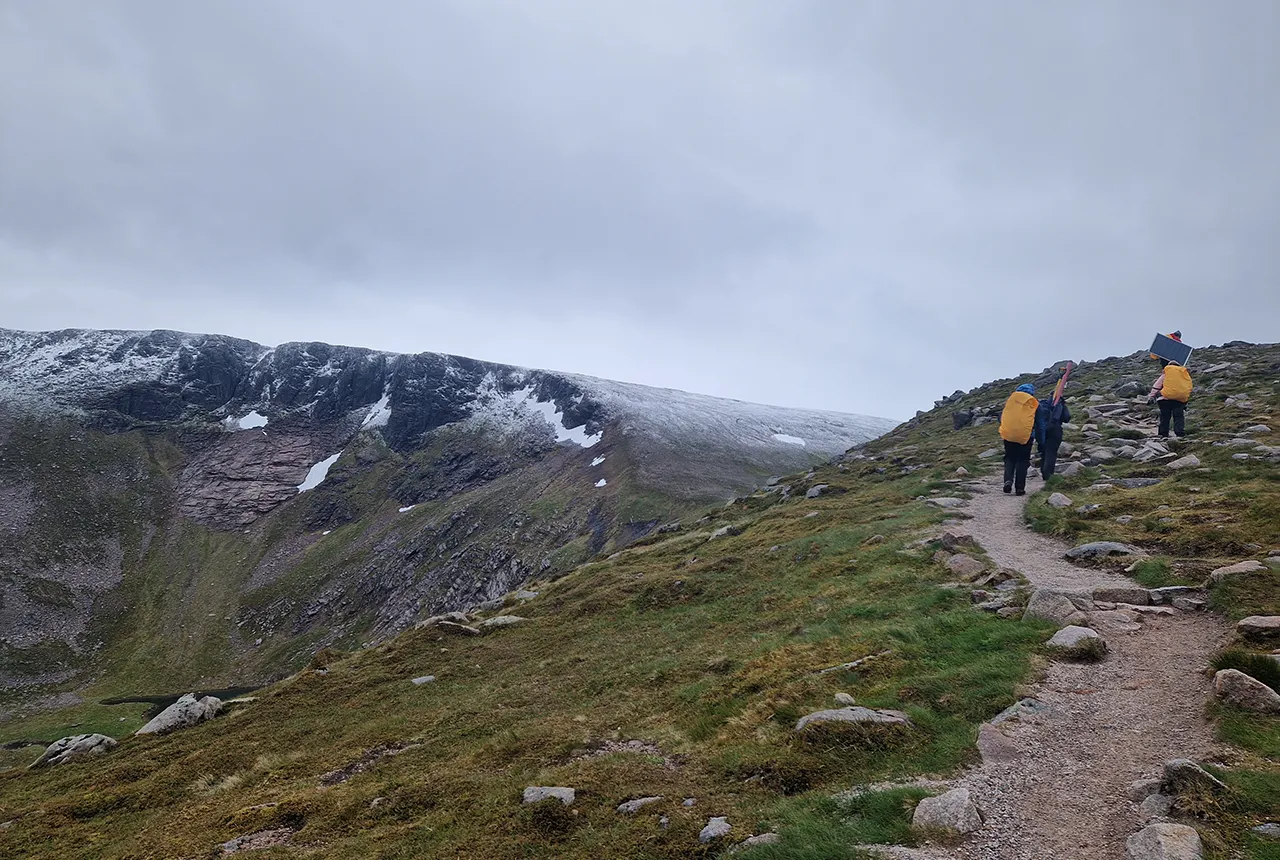
Exploring Scotland’s hidden energy potential with geology and geophysics: fieldwork in the Cairngorms
31/03/2025
BUFI student Innes Campbell discusses his research on Scotland’s radiothermal granites and how a fieldtrip with BGS helped further explore the subject.
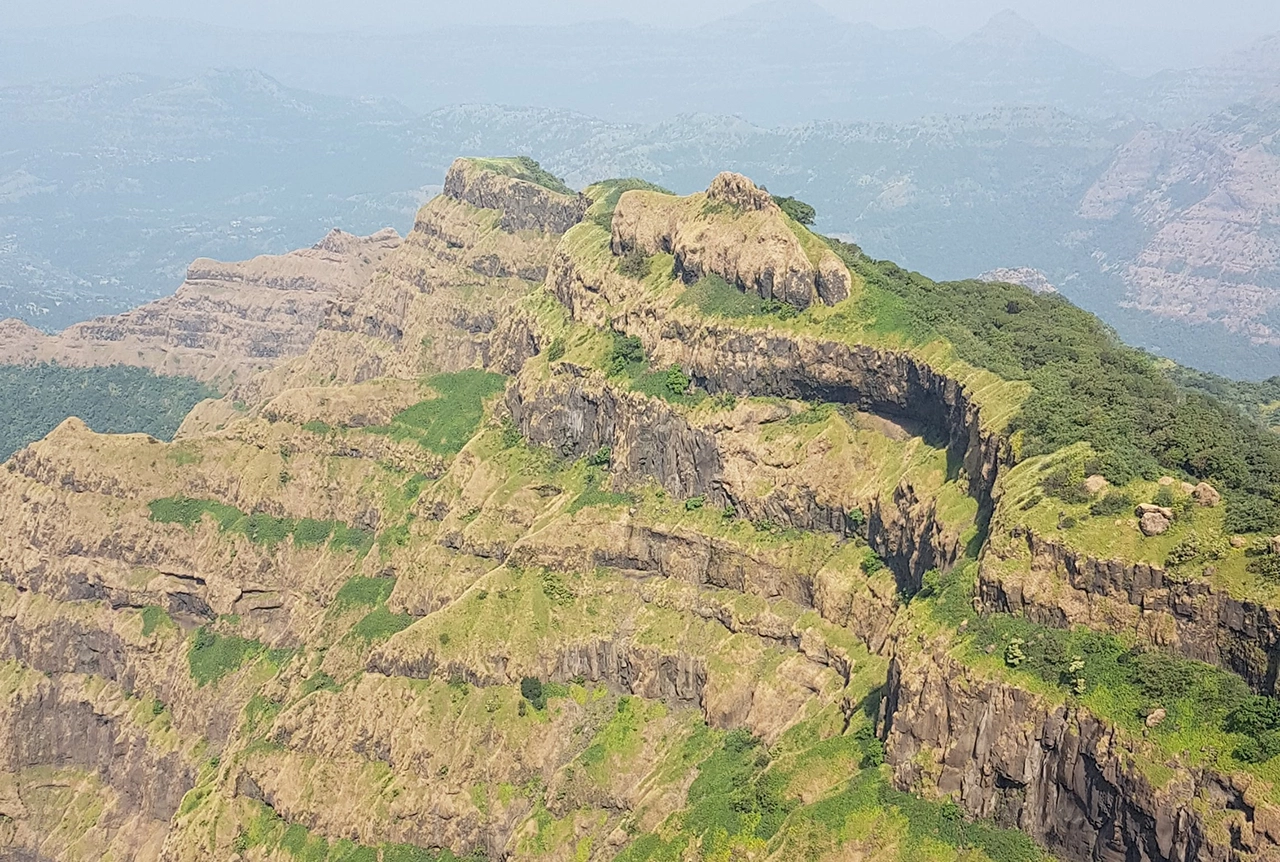
Could underground disposal of carbon dioxide help to reduce India’s emissions?
28/01/2025
BGS geologists have partnered with research institutes in India to explore the potential for carbon capture and storage, with an emphasis on storage.

Carbon and oxygen isotope analysis of carbonates and the development of new reference materials
18/12/2024
Dr Charlotte Hipkiss and Kotryna Savickaite explore the importance of standard analysis when testing carbon and oxygen samples.
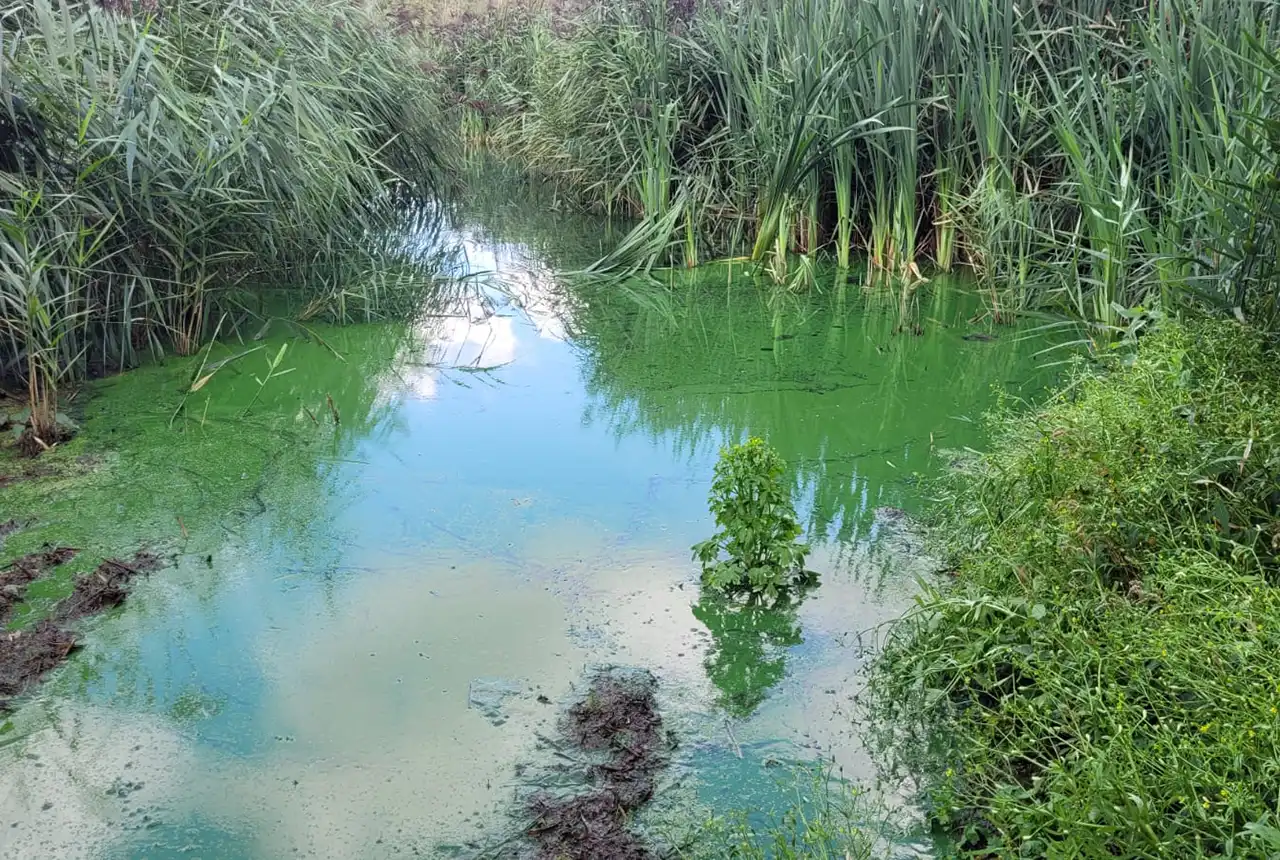
Studying oxygen isotopes in sediments from Rutland Water Nature Reserve
20/11/2024
Chris Bengt visited Rutland Water as part of a project to determine human impact and environmental change in lake sediments.
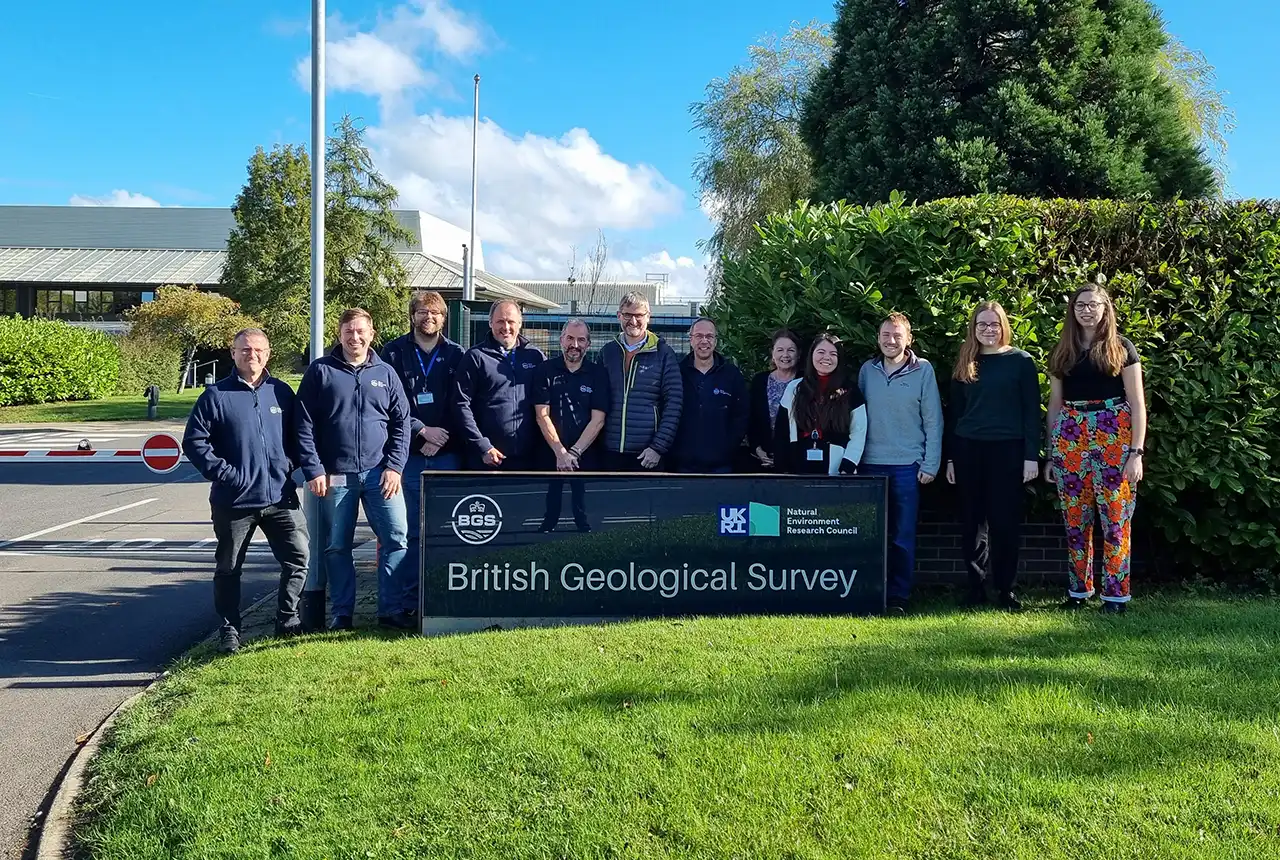
Celebrating 25 years of technical excellence at the BGS Inorganic Geochemistry Facility
08/11/2024
The ISO/IEC 17025 accreditation is evidence of technical excellence and reliability, and a mark of quality assurance.

Electromagnetic geophysics in Japan: a conference experience
23/10/2024
Juliane Huebert took in the fascinating sights of Beppu, Japan, while at a geophysics conference that uses electromagnetic fields to look deep into the Earth and beyond.

Exploring the role of stable isotope geochemistry in nuclear forensics
09/10/2024
Paulina Baranowska introduces her PhD research investigating the use of oxygen isotopes as a nuclear forensic signature.

BGS collaborates with Icelandic colleagues to assess windfarm suitability
03/10/2024
Iceland’s offshore geology, geomorphology and climate present all the elements required for renewable energy resources.
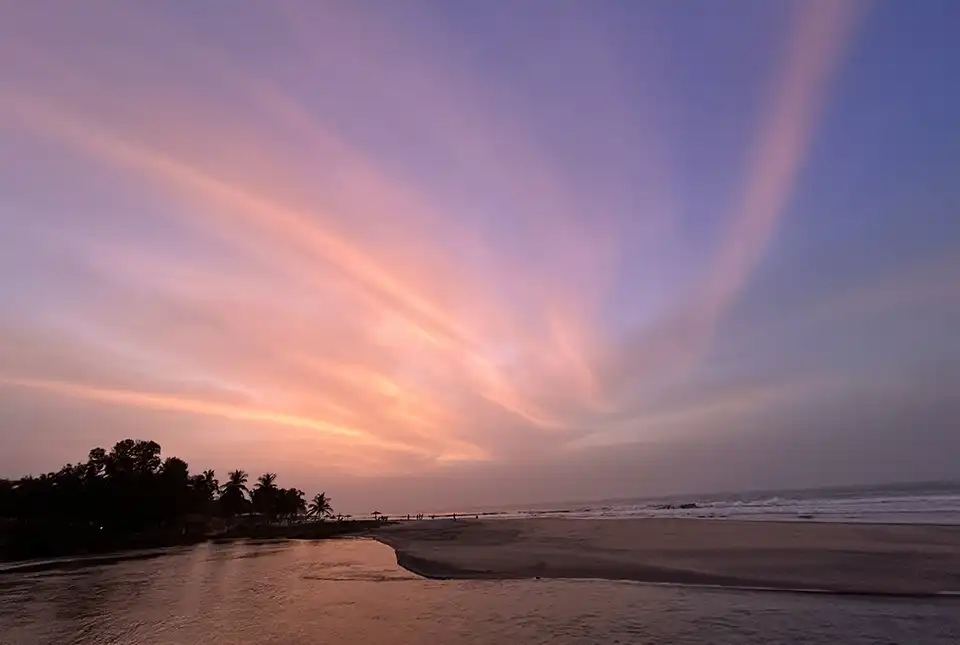
Mining sand sustainably in The Gambia
17/09/2024
BGS geologists Tom Bide and Clive Mitchell travelled to The Gambia as part of our ongoing work aiming to reduce the impact of sand mining.


